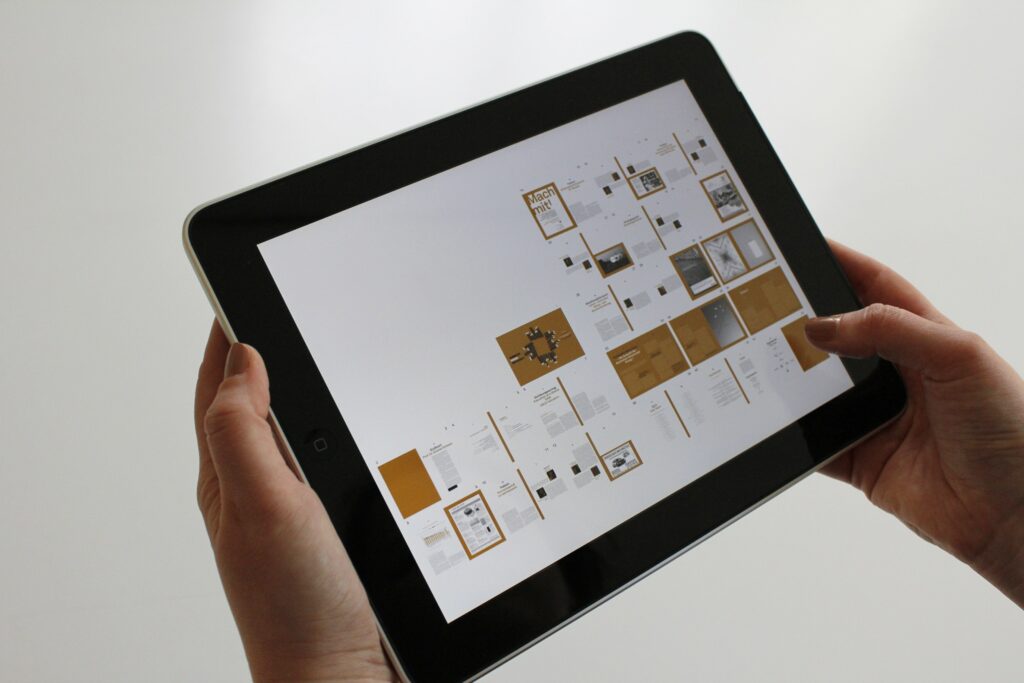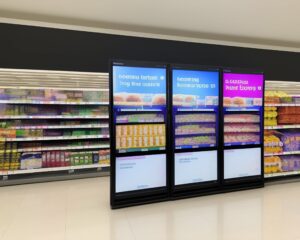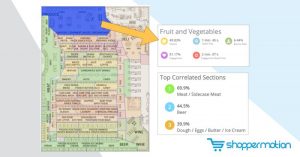Touchpoints are the various points of interaction that a customer has with a brand or company during their journey from awareness to purchase. These interactions can occur through physical, digital, or traditional media channels, and can include actions such as visiting a store, viewing an advertisement, or interacting with a brand on social media. In the modern landscape of marketing and advertising, it is crucial for businesses to understand the impact of touchpoints on campaign performance and to optimize these interactions in order to drive desired outcomes.
This article will delve into the concept of touchpoints, their role in the customer journey, and the ways in which they can be measured and optimized for maximum impact on campaign performance.
What are touchpoints and why are they important?
Touchpoints are any points of contact between a customer and a brand or company. This can include both physical and digital interactions, such as visiting a store, viewing an advertisement, or engaging with a brand on social media. In marketing and advertising campaigns, touchpoints are an important way for businesses to reach and connect with their target audience.
Some examples of touchpoints in marketing and advertising campaigns include:
- Physical touchpoints: In-store visits, product demonstrations, event sponsorships
- Digital touchpoints: Website visits, social media engagement, email marketing
- Traditional media touchpoints: Print advertisements, TV commercials, radio ads
- Emerging touchpoints: Virtual and augmented reality experiences, chatbots, voice assistants
Touchpoints play a crucial role in the customer journey, as they help to guide the customer towards a purchase decision. For example, a customer sees an advertisement for a product on TV and visits the brand’s website to learn more. This initial interaction with the brand (the TV ad) is a touchpoint and helps move the customer further along in their journey toward a purchase.

In-store touchpoints, such as interacting with a salesperson or trying out a product, can also be an important part of the customer journey and can help to influence the final purchase decision.
Types of touchpoints
There are 4 main types of touchpoints:
- Physical touchpoints are points of interaction between a customer and a brand or company that occur in the physical world. These types of touchpoints can include in-store visits, product demonstrations, event sponsorships, and other face-to-face interactions. Physical touchpoints can be particularly effective at building trust and personal connections with customers, as they allow for direct, personal interactions.
- Digital touchpoints are any points of interaction that occur online or through digital channels. These can include website visits, social media engagement, email marketing, and other types of digital marketing efforts. Digital touchpoints are an essential way for businesses to reach and connect with their target audience in the digital world. Can be particularly effective at reaching large, dispersed groups of customers.
- Traditional media touchpoints are points of interaction that occur through traditional media channels, such as print advertisements, TV commercials, and radio ads. These types of touchpoints can be an effective way for businesses to reach a large audience and build brand awareness, although they may be less targeted and personalized than some other types of touchpoints.
- Emerging touchpoints are points of interaction that are newer and less established than traditional touchpoints, and that may be more experimental or innovative in nature. These can include virtual and augmented reality experiences, chatbots, and voice assistants, among others. Emerging touchpoints are an exciting area of marketing and advertising, as they allow businesses to try out new and innovative ways of interacting with their customers.
Measuring the impact of touchpoints on campaign performance
Measuring the impact of touchpoints on campaign performance is essential for understanding how interactions with customers are driving outcomes.
Touchpoints KPIs
- Conversion rate. This is the percentage of visitors to a website or other touchpoint who complete the desired action. For example, making a purchase or filling out a form.
- Click-through rate (CTR). The percentage of people who click on an ad or other touchpoint and end up on a landing page.
- Cost per action (CPA). The cost of a touchpoint is divided by the number of desired actions (such as purchases) that it generates.
- Return on investment (ROI). The profit or loss generated by a touchpoint. Its calculated as the difference between the revenue it generates and the cost of the touchpoint.
There are many tools and techniques that businesses can use to measure the performance of their touchpoints. These can include website analytics platforms, customer relationship management (CRM) systems, and marketing automation tools, among others.

Some businesses may also use A/B testing to compare the performance of different touchpoints and to optimize their campaigns.
Touchpoint KPIs with in-store tracking technology
- Foot traffic: This is the number of people who visit a store or other physical location. This can be an important KPI for retailers, as it can indicate how successful they are at attracting customers to their physical locations.
- Time spent in store: This is the amount of time that customers spend in a store or other physical location. This KPI can be used to gauge the level of engagement and interest that customers have in a store, and can also be used to identify opportunities for improvement.
- Conversion rate: This is the percentage of customers who make a purchase during a visit to a store or other physical location. This KPI can be a good indicator of the effectiveness of in-store touchpoints in driving desired outcomes.
- Average purchase value: This is the average amount of money that customers spend during a visit to a store or other physical location. Gauge the success of in-store promotions and other touchpoints in driving sales by using this KPI.
These are just a few examples of the KPIs retailers can use with in-store tracking technology. It is important for businesses to choose the right KPIs to track based on their specific goals and objectives.

Other techniques for measuring touchpoint performance may include surveys, focus groups, and customer interviews. Overall, it is important for retailers to have a clear understanding of their key performance indicators. This way retailers can use the right tools and technologies to measure the effectiveness of their touchpoints.
Best practices for optimizing the impact of touchpoints
Optimizing touchpoints in a marketing campaign can help businesses to connect with their target audience. Here are some best practices for optimizing touchpoints in a campaign:
- Identifying and prioritizing key touchpoints. It is important for retailers to identify the touchpoints that are most important for their campaigns. After, they can prioritize these touchpoints based on their potential impact. This involves analyzing customer data to understand which touchpoints are most effective at driving desired outcomes. Alternatively, it requires testing different touchpoints to see which ones are most successful.
- Integrating touchpoints across channels: To be most effective, touchpoints should be integrated and coordinated across different channels. For example, an email marketing campaign should be closely aligned with social media and other digital marketing efforts. Furthermore, it should also be consistent with in-store campaigns and experiences, and other physical touchpoints.
- Testing and optimizing touchpoints: Continuous testing and optimization of touchpoints can help businesses to improve their campaigns over time. This may involve A/B testing different touchpoints to see which ones are most effective. Also, using customer feedback to make adjustments and improvements to touchpoints.
Altogether, by following these best practices retailers can optimize their touchpoints to drive sales. Ultimately, retailers can reach and connect with their target audience.
Optimizing the impact of physical touchpoints
Shoppermotion offers in-store tracking solutions that can help retailers to identify touchpoints in their stores. After, they can analyze their performance and optimize them. For example, popular product displays or high-traffic areas.
Using Shoppermotion’s in-store tracking solutions, retailers can gain insights into how customers are interacting with different touchpoints in their stores. Afterward, retailers can use this information to optimize the performance of the touchpoints.
Conclusion
In conclusion, touchpoints are an important part of marketing campaigns. They provide retailers with opportunities to reach and connect with their target audience. Furthermore, by understanding the impact of touchpoints on campaign performance, retailers can make better-informed decisions. For example, touchpoints to focus to optimize them in order to drive revenue and sales.
There are many types of touchpoints, including physical, digital, traditional media, and emerging touchpoints. Touchpoints can be tracked using a variety of key performance indicators (KPIs). Ultimately touchpoints can be optimized through best practices. Identifying and prioritizing key touchpoints, integrating touchpoints across channels, and testing and optimizing touchpoints.
Shoppermotion’s in-store tracking solutions are a valuable tool for retailers looking to optimize their touchpoints.
In the near future, touchpoints will continue evolving in marketing. Retailers continue to find innovative ways to reach and connect with their customers. As such, it will be important for businesses to stay up-to-date with the latest developments in touchpoint technology. Furthermore, be willing to experiment and try out new approaches in order to drive better results from their campaigns.





